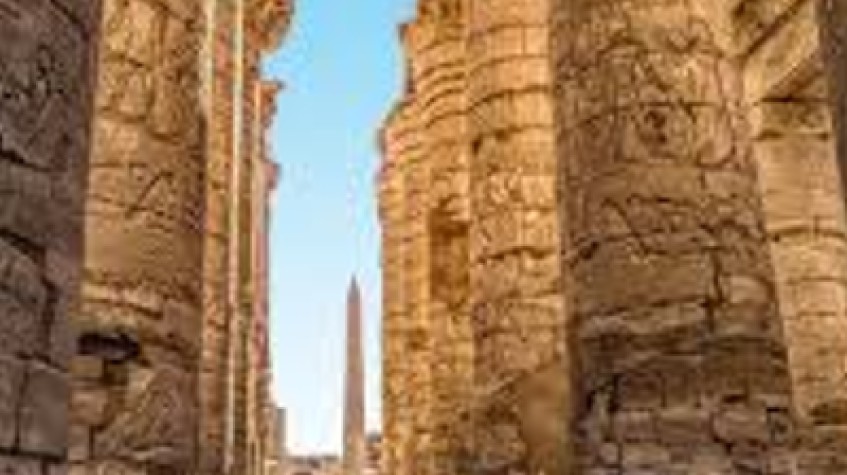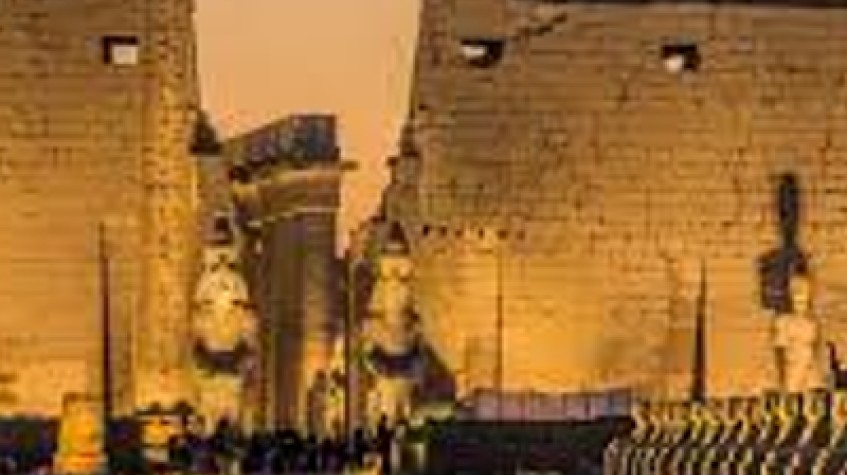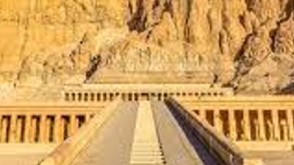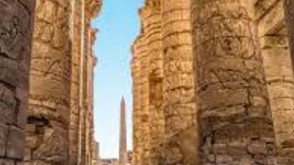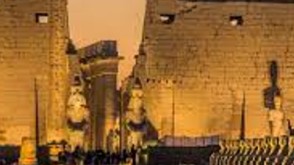Home / Africa, Egypt Tours / City Sightseeing
3 Days Trip to Luxor
Cairo, Luxor, Luxor,
Duration
3 day(s)
Tour type
Regular
Group size
1-20 people
Physical Level
easy
Tour Overview
Luxor was the ancient city of Thebes, the capital of Upper Egypt during the New Kingdom, and the city of Amun, later to become the god Amun-Ra. The city was regarded in the ancient Egyptian texts as “Waset”, which meant “city of the sceptre”, and later in Demotic Egyptian as ta jpt (conventionally pronounced as “tA ipt” and meaning “the shrine/temple”, referring to the jpt-swt. The temple now is famous by its Arabic name Karnak, meaning “fortified village”). Which the ancient Greeks adapted as Thebai and the Romans after them as Thebae. Thebes was also famous as “the city of the 100 gates”. Sometimes being called “southern Heliopolis” (‘Iunu-shemaa’ in Ancient Egyptian), to distinguish it from the city of Iunu or Heliopolis, the main place of worship for the god Ra in the north.
Activities
Tour Features
Duration
3 day(s)
Max Group Size
1-20 people
Tour Code
3036
Departure Type
guaranteed
Tour Category
City Sightseeing
Guiding Method
Fully guided
Operated In
Age Requirement
1 - 99
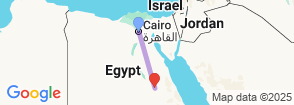
Cairo
Luxor
Highlights
Itinerary
Day 1
In fact,the name Luxor (Arabic: الأقصر) derives from the Arabic qasr (قصر), meaning “castle” or “palace”. It may be equivalent to the Greek and Coptic toponym τὰ Τρία Κάστρα ta tria kastra and ⲡϣⲟⲙⲧ ⲛ̀ⲕⲁⲥⲧⲣⲟⲛ pshomt enkastron respectively, which both mean “three castles”. The Sahidic Coptic name Pape, comes from Demotic Ỉp.t “the adyton”, which, in turn, is derived from the Egyptian. The Greek forms Ἀπις and Ὠφιεῖον come from the same source. The Egyptian village Aba al-Waqf (Arabic: أبا الوقف, Ancient Greek: Ωφις) shares the same etymology. The Greek name is Thebes or Diospolis. The Egyptian name of the city is Waset, also famous as Nut. Three days trip to luxor.
Day 2
Luxor was the ancient city of Thebes, the capital of Upper Egypt during the New Kingdom, and the city of Amun, later to become the god Amun-Ra. The city was regarded in the ancient Egyptian texts as “Waset”, which meant “city of the sceptre”, and later in Demotic Egyptian as ta jpt (conventionally pronounced as “tA ipt” and meaning “the shrine/temple”, referring to the jpt-swt. The temple now is famous by its Arabic name Karnak, meaning “fortified village”). Which the ancient Greeks adapted as Thebai and the Romans after them as Thebae. Thebes was also famous as “the city of the 100 gates”. Sometimes being called “southern Heliopolis” (‘Iunu-shemaa’ in Ancient Egyptian), to distinguish it from the city of Iunu or Heliopolis, the main place of worship for the god Ra in the north.
Day 3
Luxor was the ancient city of Thebes, the capital of Upper Egypt during the New Kingdom, and the city of Amun, later to become the god Amun-Ra. The city was regarded in the ancient Egyptian texts as “Waset”, which meant “city of the sceptre”, and later in Demotic Egyptian as ta jpt (conventionally pronounced as “tA ipt” and meaning “the shrine/temple”, referring to the jpt-swt. The temple now is famous by its Arabic name Karnak, meaning “fortified village”). Which the ancient Greeks adapted as Thebai and the Romans after them as Thebae. Thebes was also famous as “the city of the 100 gates”. Sometimes being called “southern Heliopolis” (‘Iunu-shemaa’ in Ancient Egyptian), to distinguish it from the city of Iunu or Heliopolis, the main place of worship for the god Ra in the north.
Included
Excluded
Home
City Sightseeing
Culture & Historical
Healthy Thermal & Beauty
Indian package
Luxury Tours
Combined Country
Anzac Day
Culinary, Wine, Food & Tasting
Eco Tours
Honeymoon
Blue Cruise Ship
Gulet Cruise
Adrenaline & Extreme Sport
Amusement Park Tickets
Adventure
Event
Road Tour
Special Days
M.I.C.E Package
Women Art
Stop Over
National Park
Shopping
Religious
Family Holidays
New Year & Christmas


